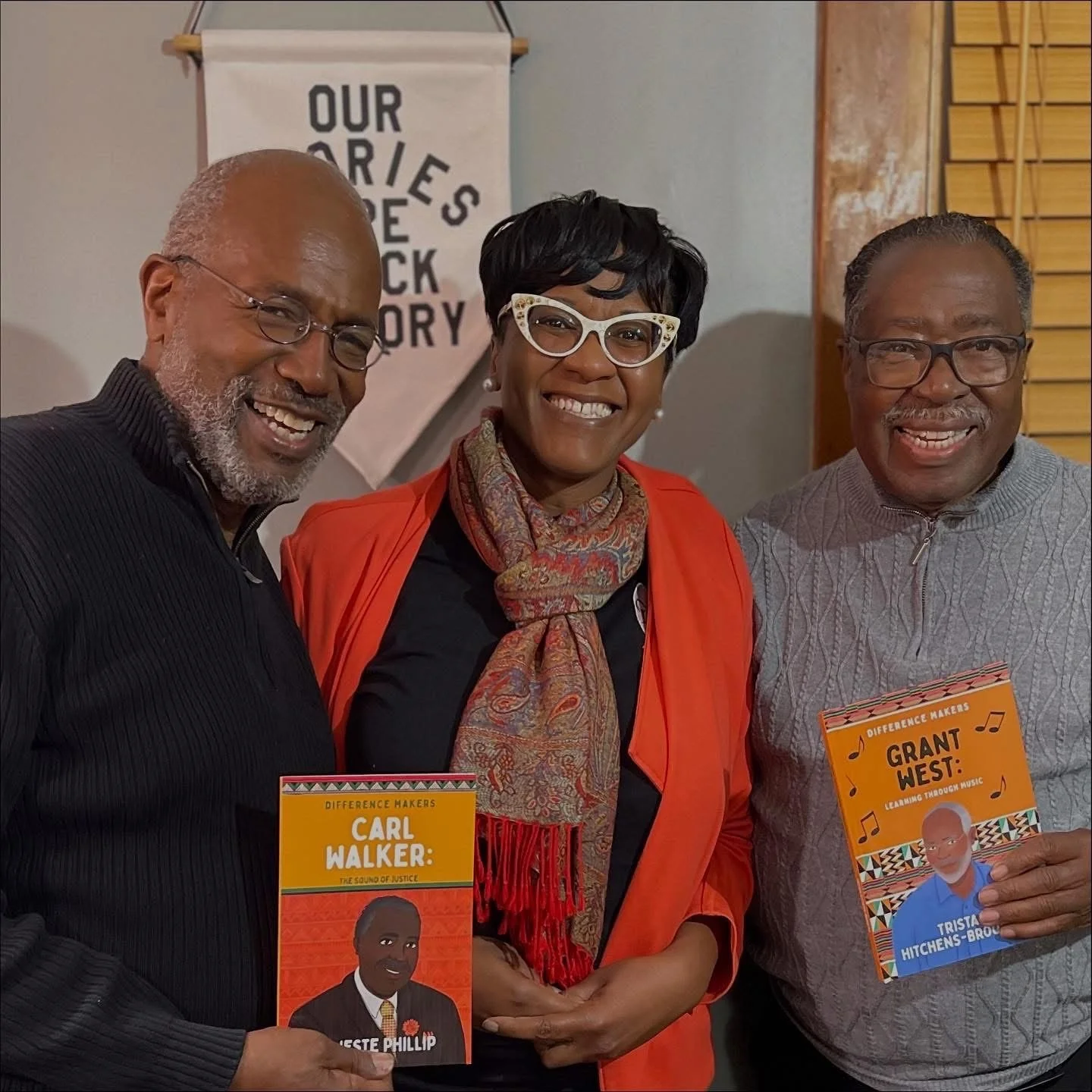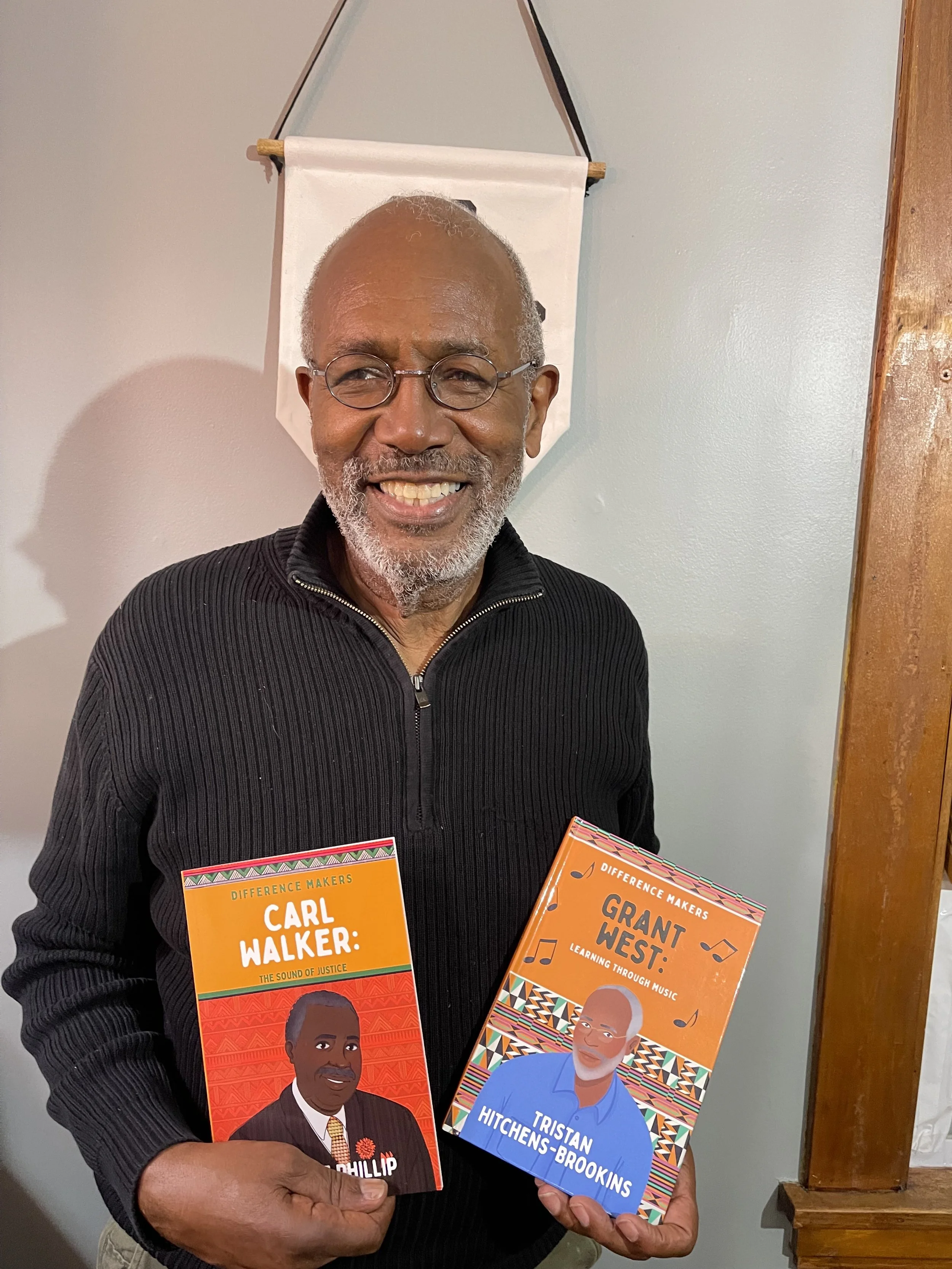How Art Can Inspire Cultural Change
by Alex Nellis
Art is a form of creative expression. Art has the ability to make us feel emotions, depict the human experience, and inspire change. Art takes many forms, and is an integral aspect of communities worldwide.
Throughout history, art has been a major form of cultural expression. There are countless examples of art shaping culture, and reflecting the lived experience of people and their diverse identities. From large-scale cultural movements like the Harlem Renaissance, to smaller-scale cultural impacts within a community, art has the ability to inspire change.
Why is art considered a form of culture? Because it is a way in which culture is expressed. Art is essentially a form of storytelling. It has the ability to help people see the stories that shape their own cultures, and teach us about different cultures. To illustrate this, we turn to one of the most famous examples of it inspiring change: the Harlem Renaissance.
The Harlem Renaissance showed us how art is a tool for social activism. As a part of the Great Migration, Black creatives began moving to Harlem. It slowly became a hub for Black art in all its forms. African American artists and scholars depicted what it meant to be Black in America through their art. In turn, this gave the world a clear representation of African American life, identity and culture.
One of the greatest impacts of the Harlem Renaissance is how it challenged racist and stereotypical depictions of Black culture. The artists of the Renaissance held great power in inspiring cultural understanding. The poems, plays, music and other forms of art redefined how the Harlem neighborhood saw African Americans.
During the movement, Harlem became a cultural center. Music companies, publishing houses, newspapers, cabarets, nightclubs, and many more places of cultural expression began to boom. The music, art and fashion became interwoven into the culture of America, and people of all races and identities began taking notice.
Part of the reason for the Harlem Renaissance’s success was that it was filled with diverse creative voices. Amongst the movement’s most famous contributors were scholar W.E.B Dubois, writer Zora Neale Hurston, musician Louis Armstrong, and many more artists with diverse forms of expression. In different forms, they all painted a vivid picture of Black perspectives and experiences.
The Harlem Renaissance is just one example of how art can inspire change. Many diverse local leaders are inspiring cultural change everyday through their art. To demonstrate how art can inspire cultural change on a smaller scale, we now turn to an example in the local St. Paul, MN community.
Mr. Grant West
Grant West grew up in Wyoming, and had a love for music at a young age. He was born with perfect pitch, which is the ability to play any sound on the piano by ear. His piano teacher, Ms. Daisy Bates, inspired him to pursue music as a career. Once he finished his education, he made the decision to move to St. Paul, MN in 1966.
When in St. Paul, Mr. West started working with the Urban League. He helped Black families find homes in the midst of segregation and unfair housing policies. Mr. West became an advocate for helping Black families thrive. Staying true to his musical roots, he would also go on to combine both of his passions to pursue his dream.
Mr. West started teaching music to Black youth at a local church. In 1987, he would meet and befriend fellow music teacher, Reverend Carl Walker. Together, Mr. West and Reverend Walker dreamt of opening their own music school. One year later, they made their dream a reality. The Walker West Musical School opened its doors in 1988.
Mr. West and Reverend Walker were determined to give their students a well-rounded education. Mr. West’s work through the Urban League, his parents’ dedication to service, and his own family’s story inspired Mr. West to make his school into a community.
The two took note of the needs of their community. Upon opening their school, they realized many families could not afford regular lessons. Mr. West and Reverend Walker were still determined to still help these students learn. For families who struggled to pay, they offered jobs helping out around their music school. This was grounded in his philosophy that music can uplift people and communities. They firmly believed that everybody should have the opportunity to learn music.
The Walker West Music Academy was a vibrant community that brought young musicians in the St. Paul community together. They created a supportive culture in their school by teaching kids more than just music. They interwove important life skills into their lessons, such as critical thinking and teamwork.
For Mr. West, music was a form of expression that allowed for endless possibilities. He understood that music had the power to inspire change. His work influenced music culture in St. Paul, and he and Reverend Walker’s school remains a staple of the community today. Their transformative work in their community established the first and oldest Black-founded music school.
What do the Harlem Renaissance and Mr. West’s work have in common? Both highlight the importance of teaching children about the impact that art has on culture. Mr. West always taught his students that music is form of self-expression and cultural appreciation. Through teaching youth the importance of art and its impact on culture, we can inspire the next generation of creatives to become leaders in their communities.
Check out the Planting People Growing Justice Leadership Institute website for more information about our programs and services. Follow us on social media for updates about the project at Planting People Growing Justice Leadership Institute.
Read more about Mr. West’s life through the Planting People Growing Justice’s biography, Grant West: Learning Through Music by Tristan Hitchen-Brookins.


